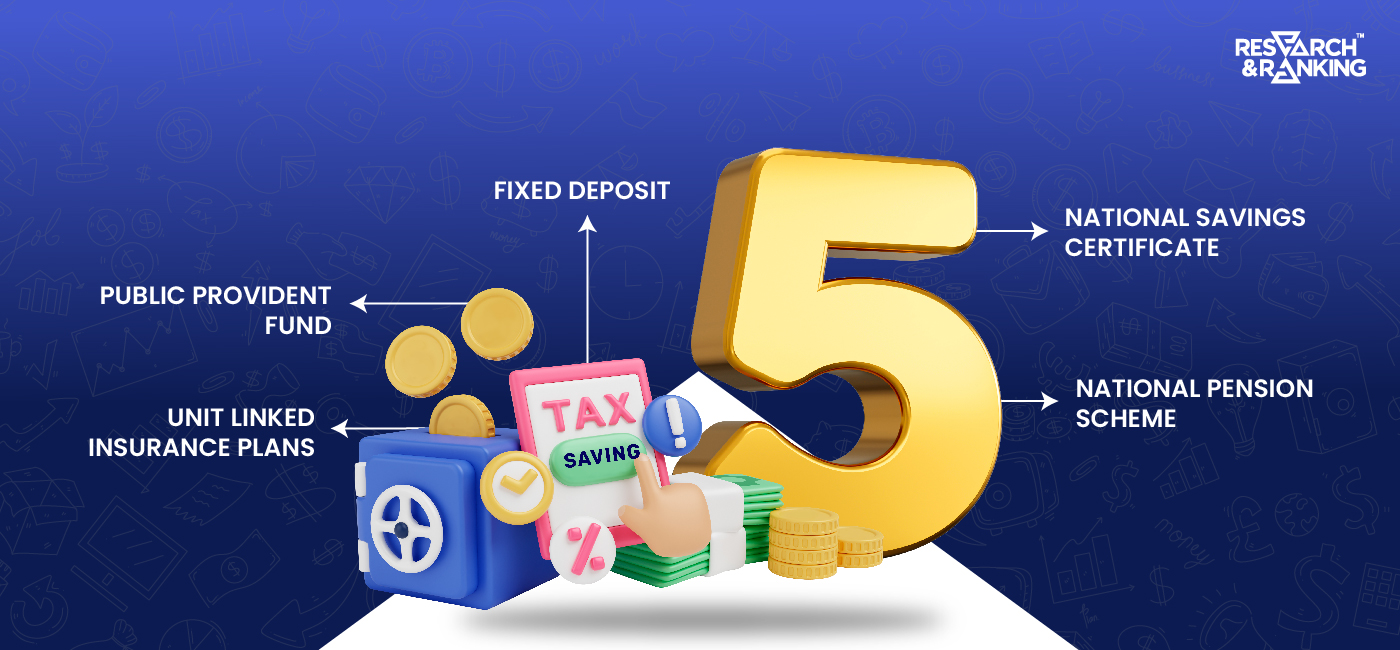Introduction: Welcome to the world of financial markets, where the Bombay Stock Exchange (BSE) stands as a cornerstone in India’s economic landscape. In this article, we will delve into the essence of BSE, understand its operations, and explore its advantages to listed companies. Whether you are an investor or a company contemplating listing, this guide will provide valuable insights into the Bombay Stock Exchange.
What is the Bombay Stock Exchange?
The Bombay Stock Exchange (BSE) is a significant securities market on Dalal Street, Mumbai, listing over 6,000 companies. Established in 1875, it’s the oldest stock exchange in India and Asia, currently led by Shri Sundararaman Ramamurthy.
BSE has played a vital role in shaping India’s capital markets, offering trading in equities, mutual funds, and debt instruments. It provides various capital market services, including investor education, risk management, clearing, and settlement.
BSE is a vital force in the nation’s economic landscape, symbolizing India’s financial strength since its inception. It is a primary platform for trading Indian public company equities, contributing to investment, innovation, and economic growth.
Functions of BSE:
- Price Determination: BSE constantly values listed securities, influencing their prices based on demand and supply, with the SENSEX index helping investors track them.
- Contribution to the Economy: BSE’s trading platform facilitates capital formation, funds movement, and economic boost through continuous reinvestment and disinvestment.
- Facilitates Liquidity: BSE provides a reliable platform for selling and purchasing securities, ensuring high liquidity and allowing investors to convert securities into cash at any time.
- Transactional Safety: BSE verifies companies’ positions before listing securities, ensuring compliance with regulations set by the governing body, SEBI, for added security.
How does BSE work?
BSE, or the Bombay Stock Exchange, conducts financial transactions electronically using its trading platform called BOLT (Bombay Online Trading Platform). Investors can place online market orders without external specialists through direct market access. The absence of limit orders shifts focus to the total daily transaction value.
Trading on BSE requires a brokerage agency, which charges a fee. However, professional investors can apply for direct investment access for large transactions. BSE follows a T+2 rolling settlement, processing all transactions within two days. The Securities and Exchange Board of India (SEBI) regulates the stock exchange, consistently updating rules for smooth operation.
What is the history of BSE India?
| Point | Description |
| Establishment | Founded in the 1850s in Bombay, India, initially with around 20 stockbrokers, later moving to Dalal Street. |
| Formalization | Recognized in 1957 under the Securities Contracts Regulation Act, it highlights its integral role in shaping India’s financial landscape. |
| Current Status | BSE is India’s largest and oldest securities market, ranking among the top ten global stock exchanges with assets exceeding USD 2.3 trillion. It boasts the world’s fastest stock exchange, executing transactions in six microseconds. |
| Government Recognition | Recognized in 1957 under the Securities Contracts Regulation Act, highlighting its integral role in shaping India’s financial landscape. |
| Economic Contribution | Beyond trading, BSE facilitates economic development by providing a robust platform for companies to raise capital, ensuring growth. |
| Trust and Transparency | BSE’s trustworthiness, stringent regulations, and commitment to transparency make it a preferred choice for businesses and investors. |
| Symbol of Progress | BSE symbolizes India’s transition from traditional trade practices to a modern financial powerhouse, reflecting the nation’s ambition and economic excellence. |
What are the advantages of listing on BSE India Limited?
- Easy Capital Generation: Companies listed on the Bombay Stock Exchange (BSE) gain trust from diverse investors, facilitating hassle-free capital generation. This allows for the effective raising of paid-up capital.
- Market Liquidity: BSE-listed companies can quickly sell their market securities, meeting the liquidity needs of both businesses and investors. This enables companies to obtain funds through the issuance of debt and equity securities.
- Legal Oversight: BSE-listed organizations are subject to regulatory scrutiny by SEBI, reducing the risk of fraudulent activities. Investors can trust the oversight in place to safeguard against potential losses.
- Timely Information: BSE-listed companies are required to publish annual reports, providing investors with essential information on total revenue, reinvestment patterns, dividends, bonuses, transfer issues, and more, as per SEBI regulations.
- Pricing Transparency: The market value of securities on BSE is determined by current demand and supply, reflecting the true value of shares. This influences a company’s market capitalization and facilitates easy access to funds.
- Collateral Guarantee: Equity shares listed on BSE serve as collateral guarantees when obtaining loans. Financial institutions commonly accept BSE-listed securities as leverage for fund acquisition.
Know more about
IPO | Current IPO | Upcoming IPO | Listed IPO
What Are the various investment methods?
Investing involves putting extra money into avenues that offer potential returns. India’s diverse financial market provides several investment options:
- Equity: Buying shares means owning part of a company. Share values change based on company performance and market conditions. While you can profit from dividends or selling shares at a higher price, there are risks due to market volatility and potential losses.
- Debt Instruments: These are contracts where issuers (like companies or governments) borrow from investors. Bonds and debentures are common examples. Investors receive fixed interest at regular intervals, making debt instruments less risky than equities. However, assessing the issuer’s creditworthiness is crucial to avoid default risks.
- Securities: This term covers various tradable financial assets, including equities, debt instruments, derivatives, mutual funds, and contracts. Regulated by SEBI, India’s securities market offers diverse choices tailored to investors’ risk tolerance, horizon, and financial goals.
India’s investment landscape caters to different preferences. Equities suit risk-takers, debt instruments appeal to conservative investors, and securities provide varied options for portfolio diversification. Understanding these avenues is vital for anyone entering India’s investment scene, ensuring a strategic approach aligned with financial goals and risk tolerance.
What are the major indices in BSE?
BSE, a key player in India’s corporate sector, offers diverse indices reflecting market health. Here are some major ones:
- SENSEX: Represents 30 top companies, serving as a market barometer.
- SENSEX 50: Broader perspective with 50 major companies, including SENSEX entities and 20 others.
- SENSEX Next 50: Monitors 50 emerging market leaders following SENSEX 50.
- BSE 100: Comprehensive outlook covering the top 100 companies in BSE.
- Bharat 22 Index: Reflects government vision with 22 PSUs, banks, and entities.
- MidCap: Evaluates mid-sized companies for growth potential and stability.
- SmallCap: Highlights smaller companies with significant growth potential.
- BSE 200: Expanded overview, reflecting the performance of the top 200 companies.
- BSE 150 MidCap: Focuses on the performance of 150 mid-tier companies.
- BSE 250 SmallCap: In-depth analysis of 250 small-cap companies.
- BSE 250 Large & Mid Cap: Blends large-cap and mid-cap companies, showcasing combined strength.
These indices are vital tools for investors, analysts, and stakeholders, offering unique perspectives on market trends and aiding informed decision-making.
What are the major differences between BSE and NSE?
BSE vs. NSE: Key Differences
Foundation Year:
- BSE: Established in 1875, India’s oldest stock exchange.
- NSE: Inaugurated in 1992, a more recent addition to India’s financial landscape.
Listed Companies:
- BSE: Boasts over 5,000 listed companies.
- NSE: Fewer listed entities but often experience higher daily trading volumes.
Benchmark Indices:
- BSE: SENSEX, representing the top 30 companies.
- NSE: NIFTY, reflecting the performance of the leading 50 companies.
Technological Advancements
- BSE: Embraced modern technology over time.
- NSE: Integrated advanced technology from its inception, often seen as a tech leader.
In summary, both BSE and NSE play crucial roles in India’s financial sector, with unique histories and contributions. While BSE is the oldest, NSE is recognized for its early adoption of technology.
Top 10 companies listed under this stock exchange according to market capitalization
| Company Name | Last Price | % Change | 52 wk High | 52 wk Low | Market Cap (Rs. cr) |
| Reliance | 2,740.10 | 0.80 | 2,855.00 | 1,830.00 | 1,853,923.04 |
| TCS | 3,881.70 | 3.89 | 4,045.50 | 2,701.00 | 1,420,333.97 |
| HDFC Bank | 1,639.55 | -0.57 | 1,757.80 | 1,271.75 | 1,244,825.83 |
| ICICI Bank | 1,003.85 | 1.30 | 1,042.65 | 512.10 | 704,226.85 |
| Infosys | 1,612.20 | 7.84 | 1,953.70 | 1,215.45 | 669,136.00 |
| Bharti Airtel | 1,076.10 | 1.25 | 1,078.55 | 629.05 | 615,852.54 |
| HUL | 2,545.25 | 0.32 | 2,859.10 | 1,901.80 | 598,029.72 |
| ITC | 466.60 | 0.86 | 499.60 | 201.00 | 582,174.07 |
| SBI | 633.75 | 2.17 | 660.40 | 269.55 | 565,597.28 |
| LIC India | 829.35 | -0.56 | 949.00 | 530.20 | 524,563.68 |
Conclusion
As we conclude our exploration of the Bombay Stock Exchange, it is evident that BSE stands as a stalwart in India’s financial landscape. BSE provides a reliable and transparent platform whether you are a seasoned investor or a company seeking to raise capital. Embrace the advantages of listing on BSE and navigate the various investment methods to chart a path toward financial success.
Read More: Grey Market Premium
*Disclaimer Note: The securities quoted, if any, are for illustration only and are not recommendatory. This article is for education purposes only and shall not be considered as recommendation or investment advice by Research & Ranking. We will not be liable for any losses that may occur. Investment in securities market are subject to market risks. Read all the related documents carefully before investing. Registration granted by SEBI, membership of BASL, and certification from NISM in no way guarantee the performance of the intermediary or provide any assurance of returns to investors.
FAQs
How many companies are listed on the Bombay Stock Exchange?
As of the latest data, the Bombay Stock Exchange has a substantial number of listed companies, contributing to the diversity and vibrancy of the market. There are currently over 5,000 companies listed.
When was the Bombay Stock Exchange formed?
The Bombay Stock Exchange was established in 1875, making it the oldest stock exchange in Asia and a pioneer in India’s financial history.
What is the BSE Sensex, and why is it significant?
The BSE Sensex is an index that represents the performance of BSE-listed companies. It serves as a crucial benchmark for assessing the overall health and trends of the Indian stock market.














